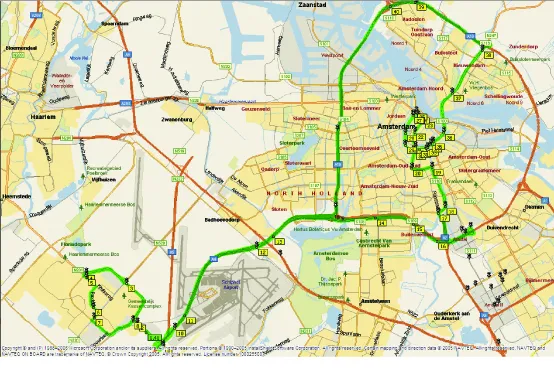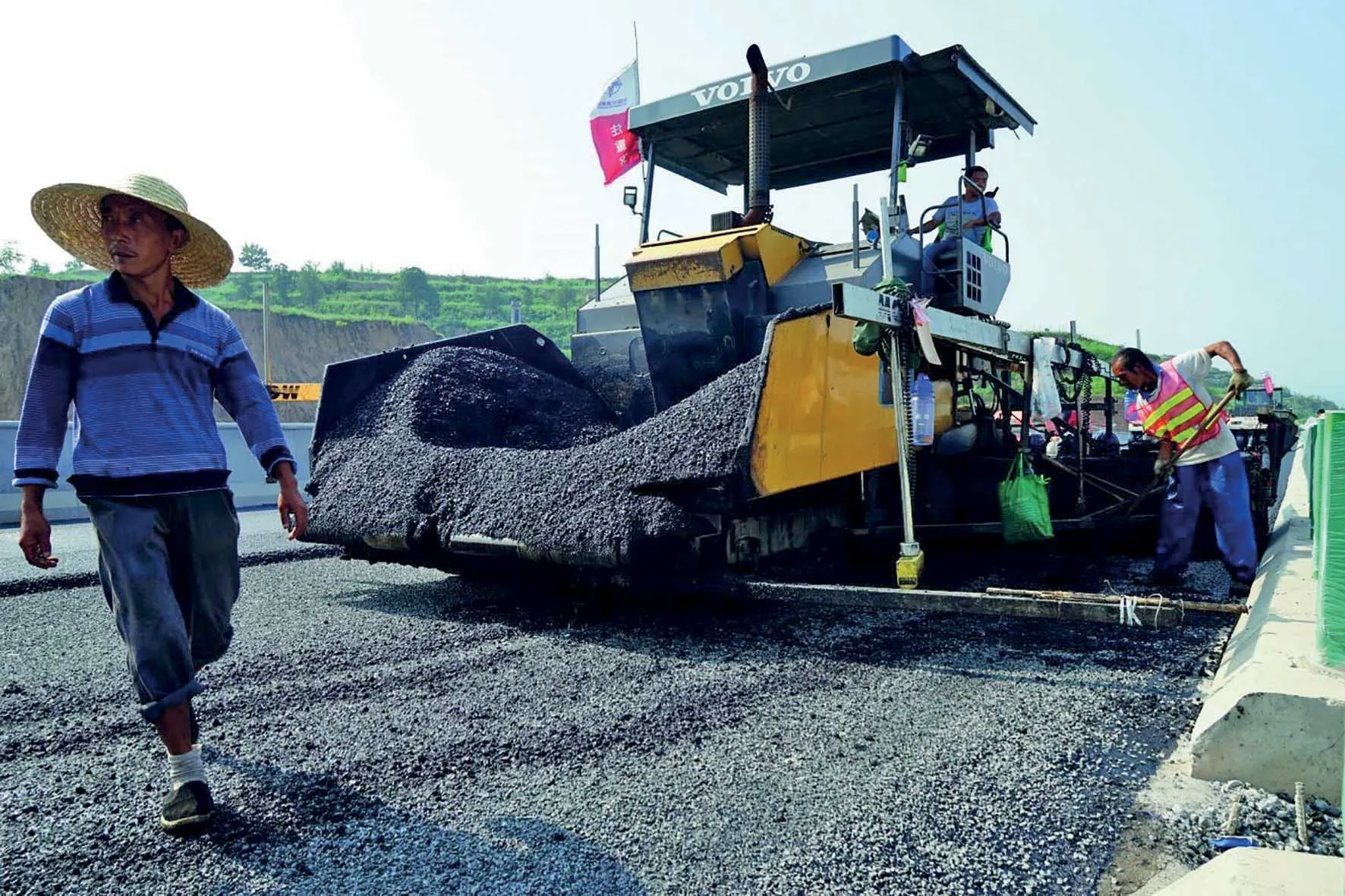Albania’s road network will benefit from three new links being built during 2010. These will connect capital Tirana and Klos, Tirana and Elbasan as well as Berat and Tepelena. The new roads will help cut journey times substantially by as much as 50-70% overall.
Once the new link is built between Tirana and Elbasan, journey time will be around 20-25 minutes and this project has been designed by an Italian company.
May 15, 2012
Read time: 1 min
Albania’s road network will benefit from three new links being built during 2010. These will connect capital Tirana and Klos, Tirana and Elbasan as well as Berat and Tepelena. The new roads will help cut journey times substantially by as much as 50-70% overall.
Once the new link is built between Tirana and Elbasan, journey time will be around 20-25 minutes and this project has been designed by an Italian company.
The design for the Berat-Tepelena link is being carried by a Kuwaiti company, with some financing for the work also being provided by Kuwait.
Once the new link is built between Tirana and Elbasan, journey time will be around 20-25 minutes and this project has been designed by an Italian company.
The design for the Berat-Tepelena link is being carried by a Kuwaiti company, with some financing for the work also being provided by Kuwait.









